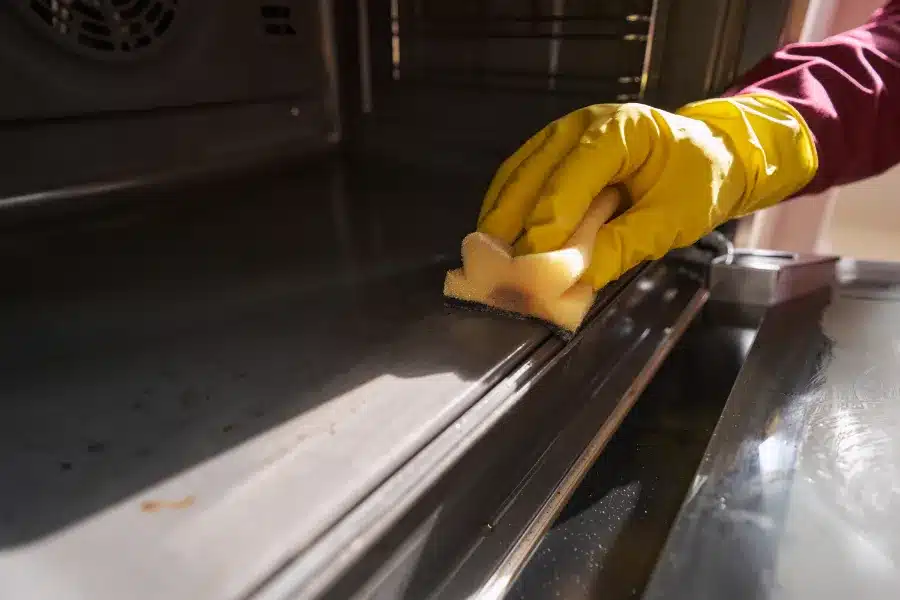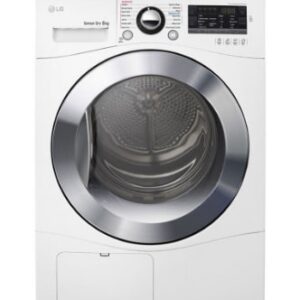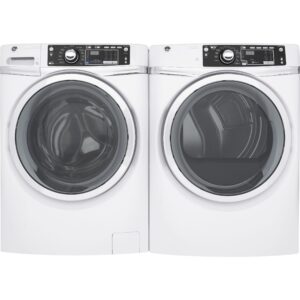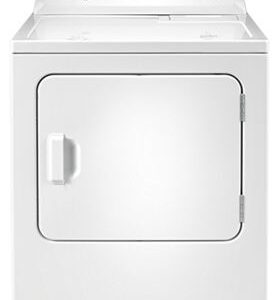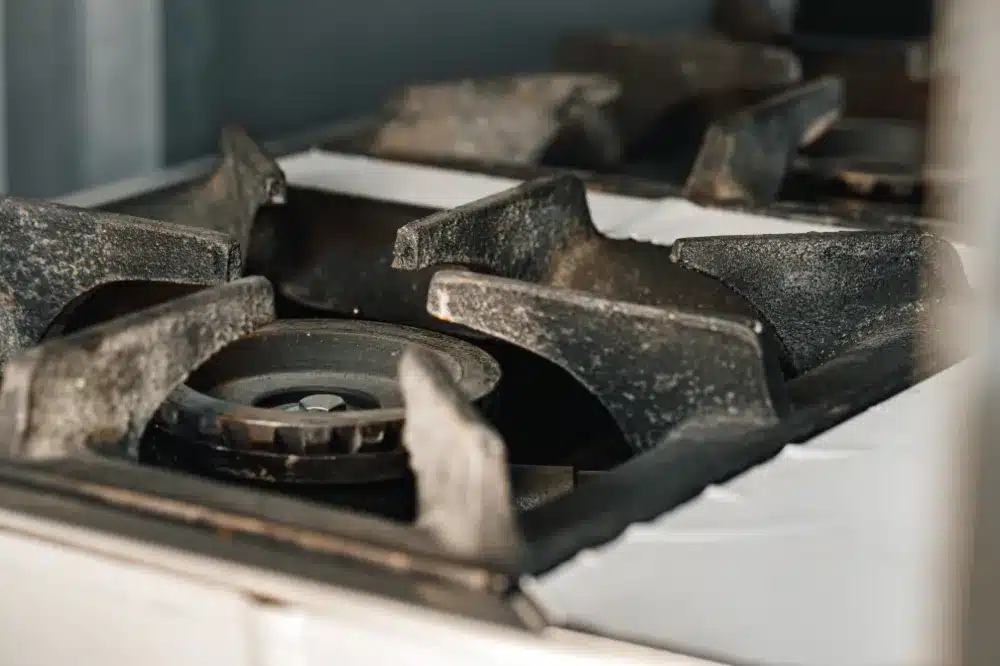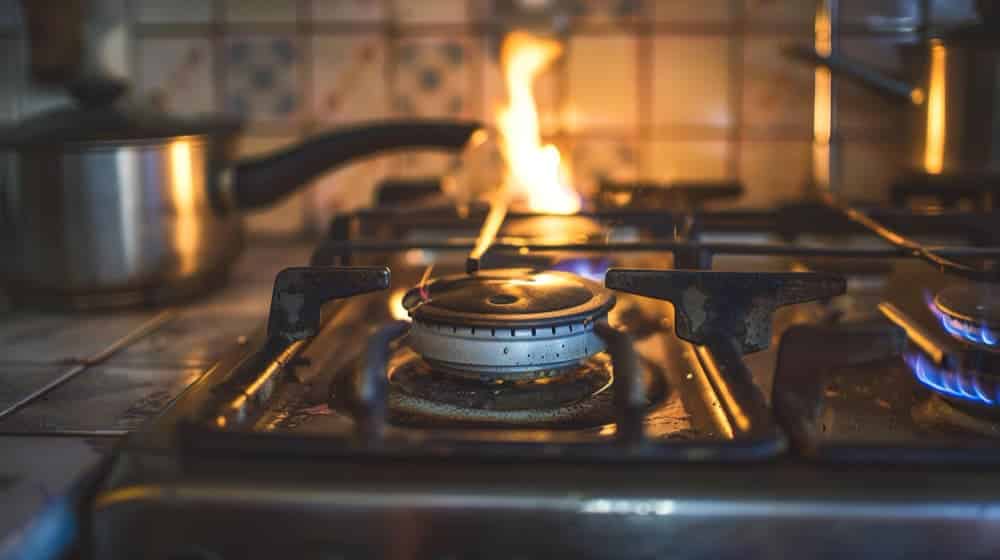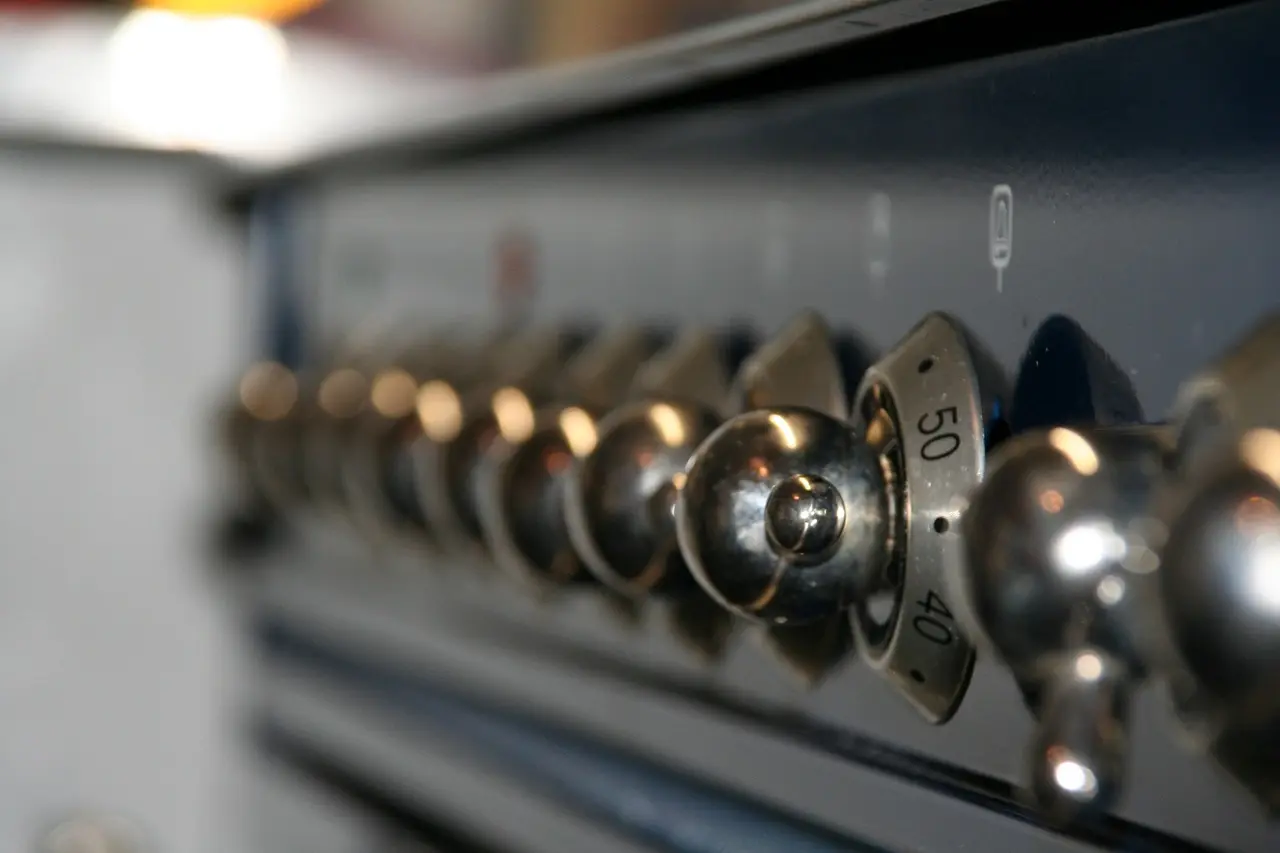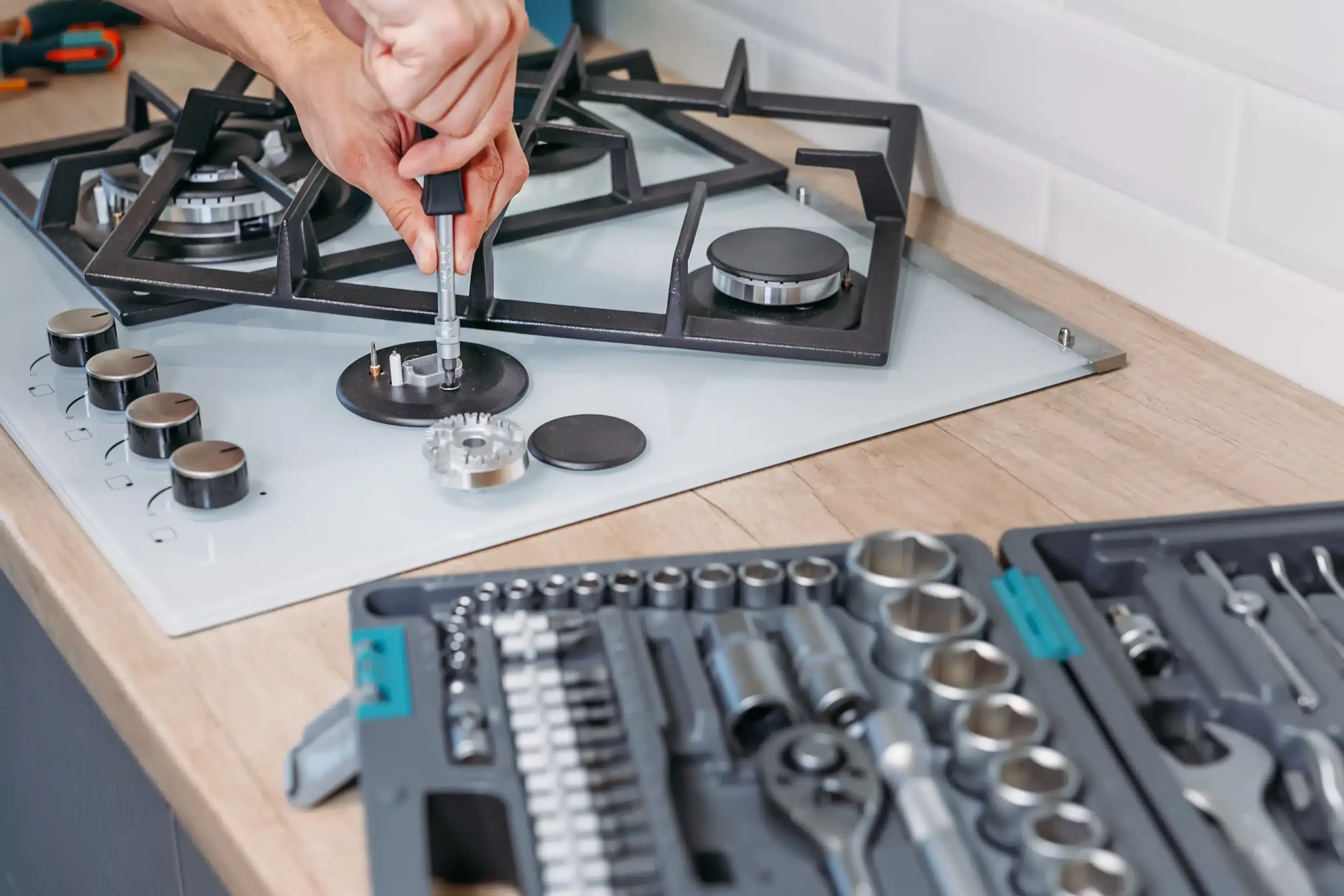Ever wondered why your favorite recipes suddenly taste different? Your dirty oven might be the hidden culprit! Those burnt bits and greasy buildups don’t just look bad – they’re actually sabotaging your cooking efforts.
“When should I run the self-clean cycle?” It’s the question every oven owner asks. Sure, you’ve heard about the three-month rule, but here’s the truth: your cooking habits call the shots. Daily bakers and busy family cooks might need two or three extra cleaning cycles each year.
Think your oven’s just about looks? Think again! A clean oven means perfect meals, consistent temperatures, and flavors that pop exactly as they should. Whether you’re whipping up weekend treats or cooking daily family dinners, the right cleaning schedule makes all the difference.
Ready to discover your oven’s ideal cleaning rhythm? Let’s dive into the perfect timing for that self-cleaning cycle and get your oven performing at its best!
Self-Cleaning Ovens: Your Complete Guide
Wonder how your self-cleaning oven turns burnt messes into easy-to-sweep ash? Let’s unlock the magic behind these clever kitchen companions!
The Science Behind Self-Cleaning
Your self-cleaning oven tackles tough messes two different ways. The classic method? Super-hot temperatures – we’re talking 800°F to 900°F – that turn yesterday’s spills into powder. General Electric brought us this genius invention back in 1963, packing these ovens with special controls and extra insulation to handle the heat.
Safety first! Once temperatures hit 600°F, your oven door automatically locks tight. No worries about accidental burns – you’re all set until everything cools down properly.
Battle of the Cleaners: Pyrolytic vs. Steam cleaning
Let’s compare these cleaning champions:
- Pyrolytic Power:
- Cranks up to 932°F (500°C)
- Takes 1.5 to 6 hours to work its magic
- Turns mess into easy-sweep ash
- Locks tight until job’s done
- Needs cool-down time
- Steam Cleaning Sensation:
- Gentle 400°F heat
- Quick one-hour cycle
- Uses water power to loosen gunk
- No door lockdown needed
- Might need extra wipe-down
Steam cleaning works like your shower – hot water vapor loosens up the mess. Gentler? Yes. Energy-saving? You bet. But it might struggle with those really stubborn spills.
Why You’ll Love Self-Cleaning
Ready to ditch those harsh chemical cleaners? Self-cleaning ovens make it easy! Pyrolytic cleaning tackles both sticky sugar and greasy spots, while better insulation cuts your energy bills during regular cooking.
Want the easiest cleanup ever? Pyrolytic cleaning leaves just a bit of ash to wipe away. Looking for an eco-friendly option? Steam cleaning uses less power and works great for quick touch-ups between deep cleans.
What Manufacturers Say About Self-Cleaning Your Oven
Bought a shiny new oven? Those manufacturer guidelines about self-cleaning might surprise you! Let’s peek behind the manual cover and see what the experts really think.
The Manual’s Fine Print
Flip through any oven manual and you’ll notice something interesting – most dodge giving exact cleaning schedules. Instead, you’ll spot phrases like “as needed” or “when soil levels require it.” Maytag keeps it simple: use self-clean for those tough jobs, but don’t wait until your oven looks like a disaster zone. KitchenAid takes a similar stance – self-cleaning cycles should match how dirty your oven gets.
Here’s what Whirlpool tells their customers: your cleaning schedule depends on your cooking style and how much mess builds up. Their sweet spot? A good deep clean every three months for regular users.
When Experts Raise Red Flags
Hold onto your oven mitts – repair pros paint a different picture! Their phones ring off the hook after holiday cooking sprees with calls about ovens that quit after self-cleaning. Those super-hot temperatures can spell trouble for door latches, heating elements, and control panels.
Professional cleaners jump into the debate too, pushing for pro cleaning every six months. Their pitch? Your oven stays showroom-fresh and lasts longer.
Your Oven’s Perfect Cleaning Schedule
Looking for the sweet spot? Most experts agree – running that self-clean cycle every four to six months hits the mark for typical households. But watch for these signals:
- Daily chef? Monthly cleaning might be your rhythm
- Love those bubbly casseroles? More frequent cleaning keeps splatter under control
- Smoke signals? Don’t wait until your oven sends up smoke alarms
Trust your nose and eyes on this one! When food bits start collecting or preheating smells funky, it’s cleaning time.
What Makes Your Oven Ready for Self-Cleaning?
Your oven tells you when it needs attention! Let’s explore the key signs that signal it’s time for a deep clean.
Your Cooking Style Matters
Think about what’s cooking in your kitchen! Light users might cruise through 3-6 months between cleanings. Daily bakers? Monthly cleaning keeps things fresh.
Love those juicy roasts? High-fat foods leave their mark with extra splatters. Some Thermador owners clean more often, especially when switching between meat and dairy dishes for kosher cooking. Those bubbling casseroles and sizzling roasts? They’re leaving a hidden legacy of grease and grime.
Spotting the Signs
Your oven drops plenty of hints when it needs cleaning. Spotted that greasy film on the door? Notice food bits stuck to the bottom? Time to tackle that mess!
But don’t just trust your eyes – trust your nose too! Those old food particles start talking back when they heat up. Catch a whiff of something burnt during preheating? Your oven’s crying out for attention. Those lingering scents aren’t just unpleasant – they’re seasoning your fresh-baked cookies with last week’s pizza!
Smoke Signals
Smoke pouring from your preheating oven? That’s not just annoying – it’s your oven’s emergency flare! Those forgotten food bits are having a cookout on your heating elements. Let things go too long and you’re not just dealing with smoke – you’re looking at safety issues. Nobody wants their forgotten drips turning into a grease fire!
Season’s Cleanings
Smart oven owners match cleaning to the seasons. Spring cleaning hits different after winter’s comfort food marathon. Fall cleanup? Perfect timing before holiday baking begins!
Holiday cooking needs special attention. Clean before the festivities to dodge smoke alarms and keep energy bills friendly. Plus, only a clean oven delivers those picture-perfect holiday roasts and pies!
Your Perfect Oven Cleaning Schedule
Ready to keep your oven sparkling year-round? Let’s match your cooking style with the perfect cleaning rhythm!
Weekend Warriors: 3-4 Yearly Cleans
Love those weekend baking sessions? Good news! Good Housekeeping Institute says “a thorough self-clean every four to six months is plenty to keep your oven sparkling”. Perfect for those special-occasion bakers!
Mark your calendar for these key cleaning moments:
- Holiday prep time – get ready for those festive feasts!
- Post-holiday cleanup – sweep away winter’s cooking memories
- Summer refresh – perfect for lighter baking days
- Fall tune-up – your choice for extra sparkle
Your oven stays fresh, your components last longer. Simple, right?
Regular Cooks: Every 2-3 Months
Whip up family dinners a few times weekly? Whirlpool suggests “deep-cleaning your appliance seasonally or every three months of regular use”.
Here’s a pro tip: spot-clean those drips right away! Quick wipes now mean easier deep cleans later.
Kitchen Champions: Monthly Magic
Calling all daily cooks and busy bakers! Your oven works overtime – show it some extra love. Whirlpool’s verdict for kitchens serving “multi-course meals almost every single day”? “Deep-cleans every three weeks” keep things running smooth.
Power users, here’s your game plan:
- Quick clean cycles – more often means less hassle
- Spill patrol – tackle messes while they’re fresh
- Smart timing – clean before buildup becomes a battle
Planning a cooking marathon? One expert’s golden rule: “start the self-cleaning process one month prior to a large cooking event”. Your oven will thank you!
Keep Your Oven Happy!
Want perfect meals every time? Your oven’s cleaning schedule makes all the difference!
Smart oven owners know the secret – match your cleaning rhythm to your cooking style. Weekend bakers? A quarterly deep clean works wonders. Daily cooking champions? Monthly maintenance keeps your kitchen running smooth.
Watch for those warning signs! Smoke signals, funky smells, or crusty corners mean it’s cleaning time. Don’t wait until your apple pie tastes like last week’s pizza!
Here’s your golden rule: tackle those spills right away! Quick wipes today mean fewer deep cleans tomorrow. Stick to your cleaning schedule and your oven will reward you with years of perfectly cooked meals – no mystery flavors included!
FAQs
Q1. How often should I use the self-cleaning function on my oven? The frequency depends on your usage. For light use, 3-4 times a year is sufficient. Moderate users should clean every 2-3 months, while heavy users may need monthly cleaning. Always clean before excessive soil accumulates.
Q2. Is it safe to leave the house while the oven is self-cleaning? It’s generally not recommended to leave your home unattended during a self-cleaning cycle. Remove all cookware from the oven and its storage drawer before starting the process, and stay home to monitor for any issues.
Q3. What are the signs that my oven needs cleaning? Look for visible food residue, a greasy film on the door glass, unpleasant odors during preheating, or smoke while the oven is in use. These are clear indicators that it’s time to run a cleaning cycle.
Q4. Are self-cleaning ovens worth the investment? Self-cleaning ovens can be worthwhile for their convenience and thorough cleaning capabilities. They eliminate the need for harsh chemicals and manual scrubbing. However, they may have longer cleaning cycles and potentially higher energy costs.
Q5. How can I maintain my oven between self-cleaning cycles? To reduce the frequency of deep cleans, wipe up spills promptly after they occur, use covered dishes for foods likely to splatter, and perform quick spot-cleaning regularly. This helps prevent excessive buildup and maintains oven performance.


